Top 8 Spring Birds to Spot: A Must-See List for Birdwatchers
As the last remnants of winter’s chill give way to the burgeoning warmth of spring, nature begins to stir from its slumber, and with it, the avian world bursts into a symphony of color and song. For those with a passion for ornithology or simply a love for the feathered creatures that grace our skies, springtime is an eagerly awaited season that promises the return of some of the most enchanting bird species. Here, we present eight spring birds to keep an eye out for, and how to beckon them into your view with hummingbird feeders, bluebird feeders, and window hummingbird feeders.
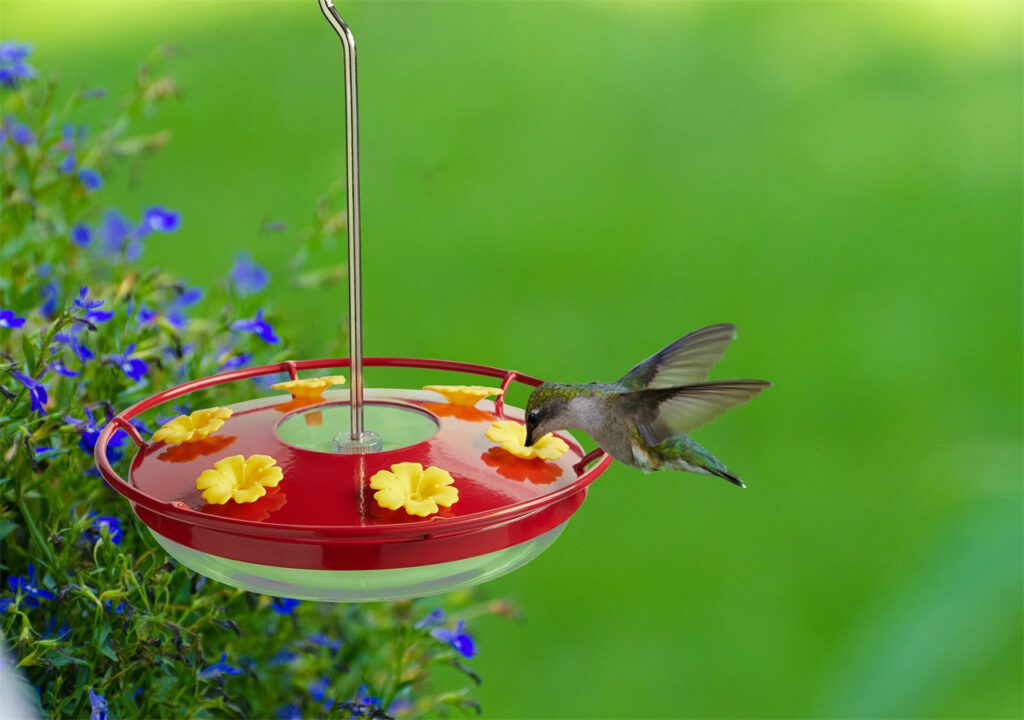
1. Ruby-Throated Hummingbird
Among the first to herald the arrival of spring is the Ruby-Throated Hummingbird, a dazzling spectacle of iridescent greens and radiant reds. To draw these energetic sprites to your garden, install a hummingbird feeder with a homemade nectar of sugar and water, avoiding any dyes or additives. The bright colors of the feeder itself act as a beacon, and its sweet contents offer a vital replenishment for these long-distance travelers.
2. Eastern Bluebird
The Eastern Bluebird, a symbol of happiness and renewal, graces the spring with its brilliant azure wings and warm chestnut breast. Attract these tranquil beauties with a bluebird feeder, stocked with delectable mealworms or a nutritious mix of suet and fruit. Position the feeder in a quiet spot with a clear line of sight to provide a safe and peaceful dining experience for these gentle birds.
3. American Goldfinch
A flash of yellow flittering among the budding trees often signals the presence of the American Goldfinch. These cheerful birds are drawn to feeders filled with their preferred seeds, such as nyjer and black oil sunflower seeds. Their sociable nature makes them delightful visitors, often arriving in convivial flocks to partake in the feast you’ve provided.
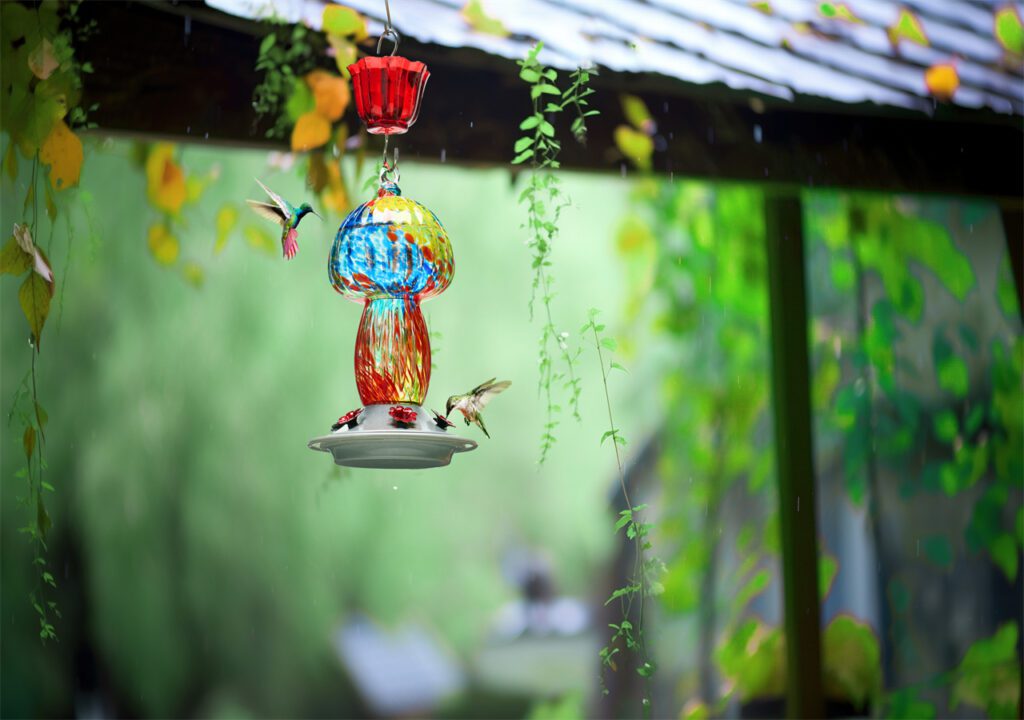
4. Rose-Breasted Grosbeak
With a striking contrast of black and white feathers and a dramatic rose-hued chest, the Rose-Breasted Grosbeak is a sight to behold. These birds are partial to sunflower seeds and will frequent feeders that can accommodate their robust size and appetite. Their sweet, melodious song is a staple of the spring soundscape and a reward for your efforts to entice them.
5. Indigo Bunting
The Indigo Bunting, with its electrifying blue plumage, is a mesmerizing spectacle, especially when seen under the golden light of dawn or dusk. These small birds favor feeders that offer a bounty of small seeds, like thistle or millet. The presence of these radiant birds is a testament to the wonders of spring’s palette.
6. Scarlet Tanager
The Scarlet Tanager, a bird with a fiery red body set against jet-black wings, is a dramatic addition to the springtime stage. While typically found in wooded habitats, they can be lured to more open areas with feeders offering fruit or even a well-placed dish of mealworms.
7. Baltimore Oriole
With its striking orange and black plumage, the Baltimore Oriole is a beacon of vibrancy. These birds have a penchant for sweet treats, so hanging feeders with orange slices, dollops of grape jelly, or nectar can prove irresistible to them. The Orioles’ rich, fluting song is as much a treat to the ears as their appearance is to the eyes.
8. Black-Chinned Hummingbird
The Black-Chinned Hummingbird may not boast the same vibrant throat as the Ruby-Throated, but its subtle elegance is captivating. A window hummingbird feeder is ideal for these birds, providing an intimate glimpse into their world as they hover and feed mere inches from your gaze. Such feeders affix to your window with suction cups, allowing for unparalleled views of their delicate grace.
In weaving the tapestry of spring’s arrival, each of these birds plays a vital role, adding their unique threads of color and song to the season’s vibrant quilt. To enhance your chances of witnessing these wonders, consider the placement of your feeders carefully. Hummingbird feeders should be hung where they can catch the morning sun but are shaded during the heat of the day to keep the nectar fresh. Bluebird feeders are best placed in open areas, but near shelter like trees or shrubs to offer a quick retreat from predators. Window hummingbird feeders offer a personal encounter with nature and are a joy for those who may not have expansive outdoor spaces.
As spring rolls in, keep your eyes peeled for our feathery friends! Whether it’s the Robin’s hop or the Eagle’s high-flying act, each bird is a natural superstar. So, slap on a hat, snatch up your binoculars, and get ready for the best live show in town—no tickets needed! Who knows which colorful character you’ll spot next in this winged parade? Stay tuned, the fun’s just begun!
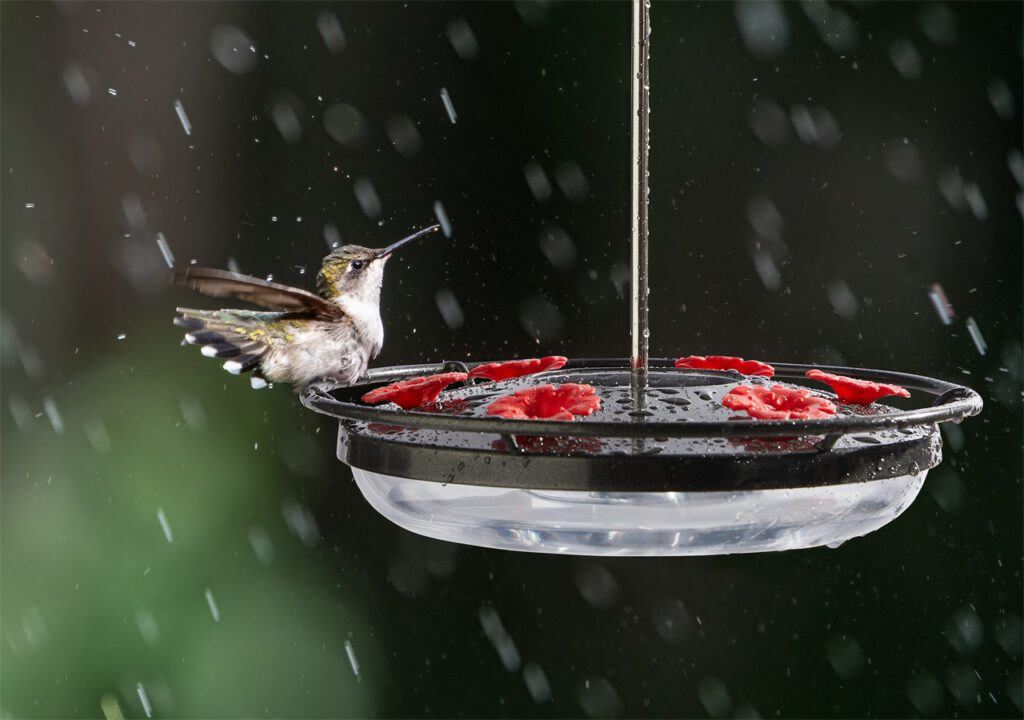
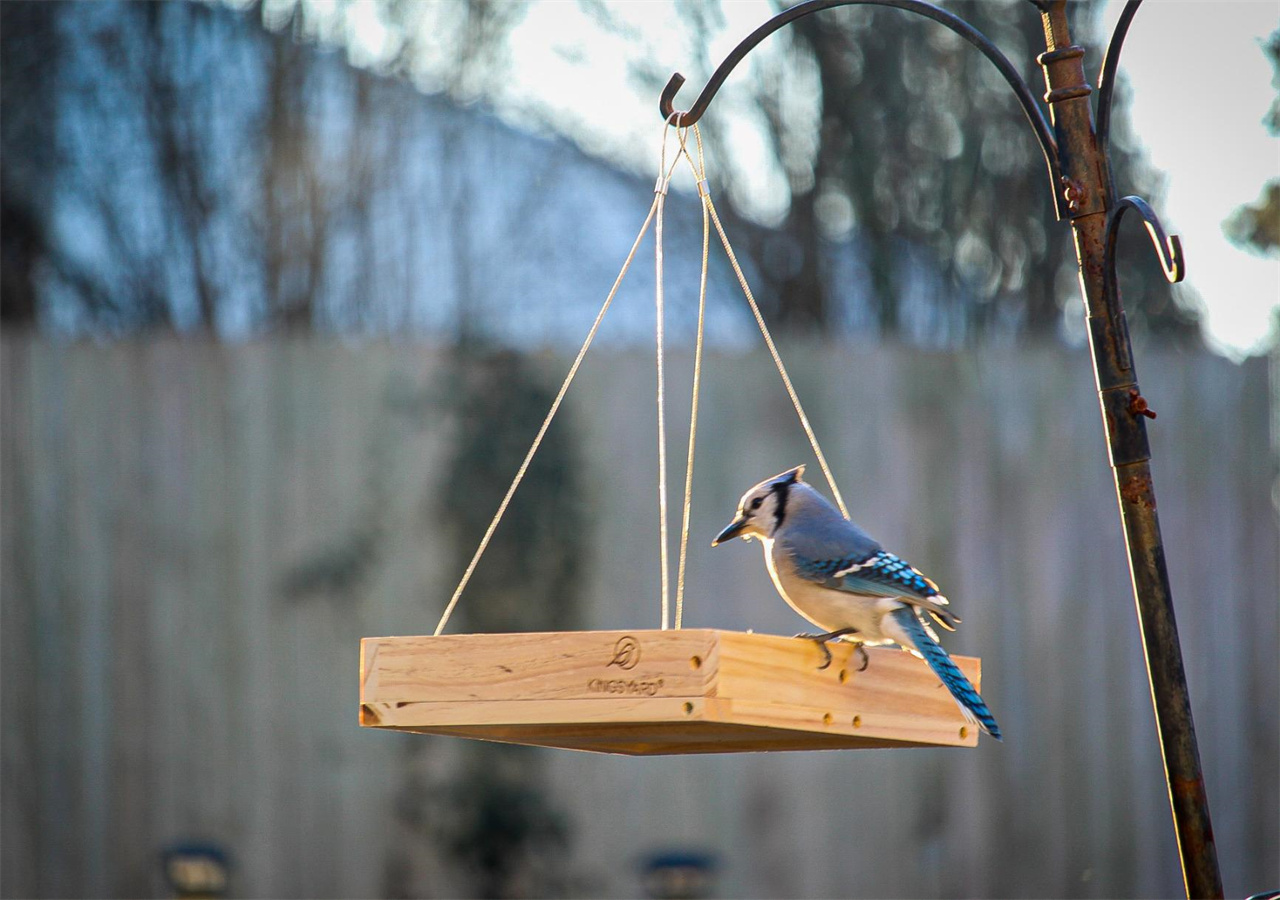
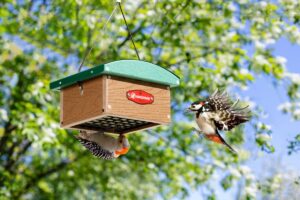
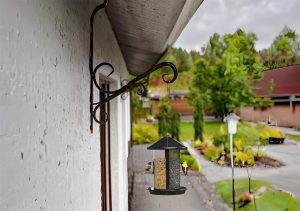
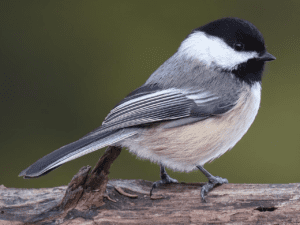
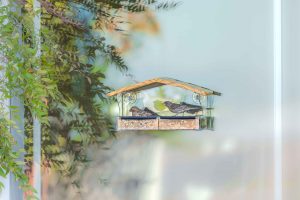
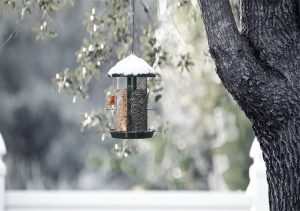
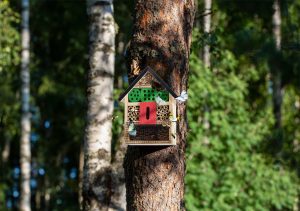
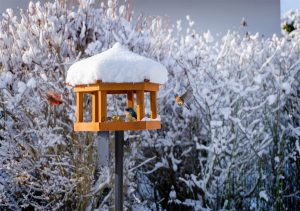
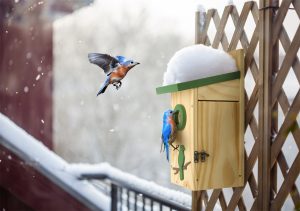
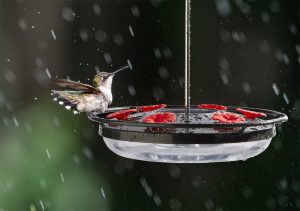
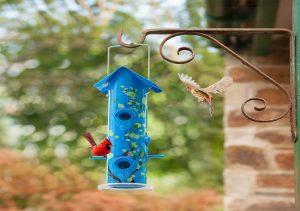
Post Comment